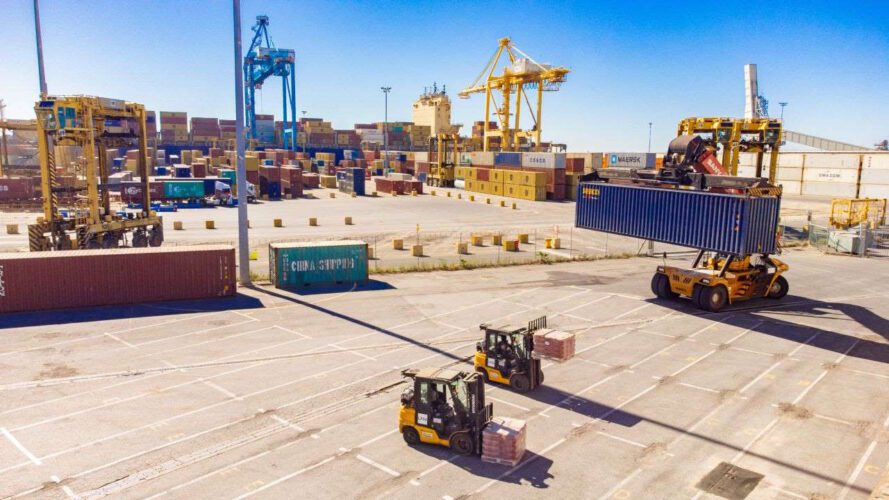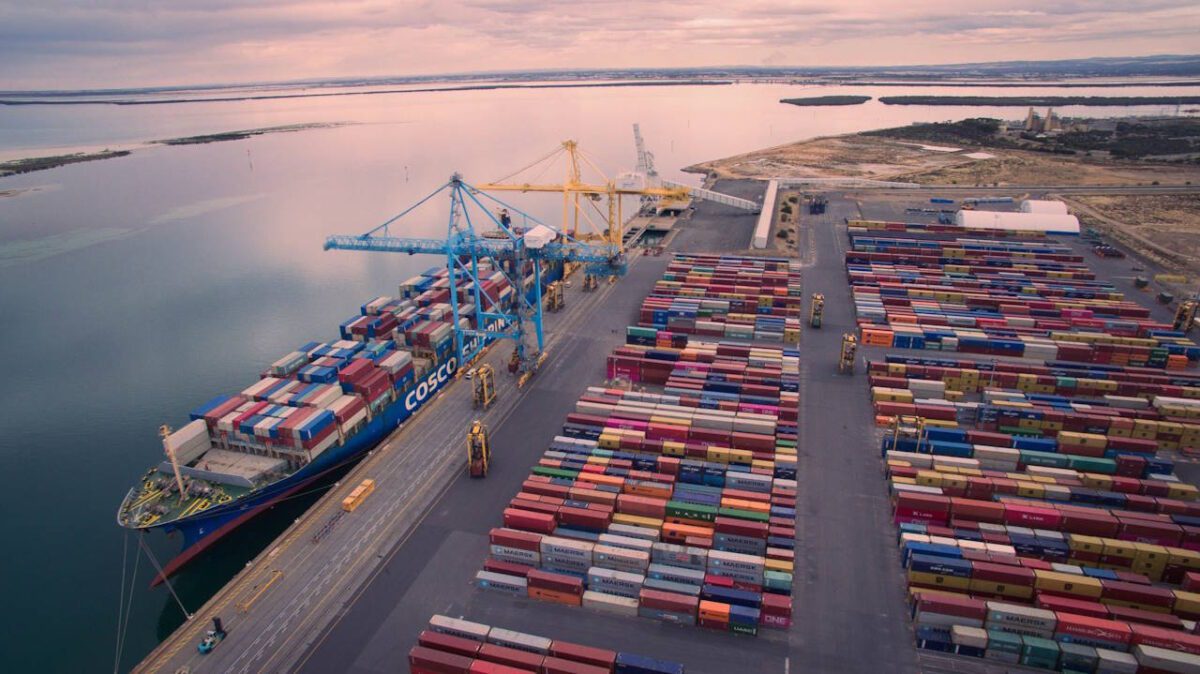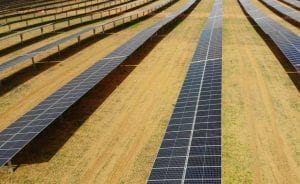The Clean Energy Finance Corporation (CEFC) has announced a “landmark” investment to help decarbonise maritime ports in South Australia, focusing on the electrification of vehicles and equipment.
The CEFC says is committing $70 million to Flinders Port Holdings (FPH), a privately owned port and logistics services group based in Port Adelaide that own and operate the Flinders Adelaide container terminal, the port of Port Adelaide, and six key regional ports at Port Giles, Port Lincoln, Wallaroo, Port Pirie, Klein Point, and Thevenard.
It will be the first CEFC direct finance in the Australian maritime sector, and also the first green financing of local container stevedoring operations. Shipping is a major polluter, with an estimated global emissions of 706 million tonnes of CO2 each year, around 2 per cent of global energy related emissions.
Australia’s own domestic maritime sector emitted around two million tonnes of greenhouse gas emissions in 2021-22, while heavy transport as a whole accounts for around nine per cent of Australia’s total greenhouse gas emissions.

“The shipping sector powers the global economy and represents an enormous opportunity to drive down transport emissions while ensuring it continues to deliver in the future net zero economy,” said Ian Learmonth, CEFC CEO.
“Stevedoring operations are traditionally difficult to abate and as both an owner and operator of multiple ports, FPH is in a unique position to catalyse change. Our work with FPH will demonstrate the potential for a more sustainable maritime sector, setting a precedent for decarbonisation across some 70 Australian ports.
The funds will be used for projects such as hybrid straddle carriers, and an electric Automated Rubber Tyre Gantry at FPH’s Flinders Adelaide Container Terminal – a potential Australian first and a significant modification to the way containers are moved around such terminals.
Other initiatives include replacing internal combustion engine (ICE) light vehicles and vessels with electric and hybrid alternatives, the installation of onsite solar PV systems to reduce power consumption across energy intensive sites, and investigating the potential of connecting berthed ships to the grid to replace diesel bunker fuel.
Stewart Lammin, the CEO of FPH, said the company has committed to reaching net zero for its Scope 1 and 2 emissions by 2040, and for its Scope 3 emissions by 2050.
“Our aim is to be recognised as a leader in sustainable port development and operations and to create a business we can continue to be proud of, contributing to better outcomes for future generations.”








